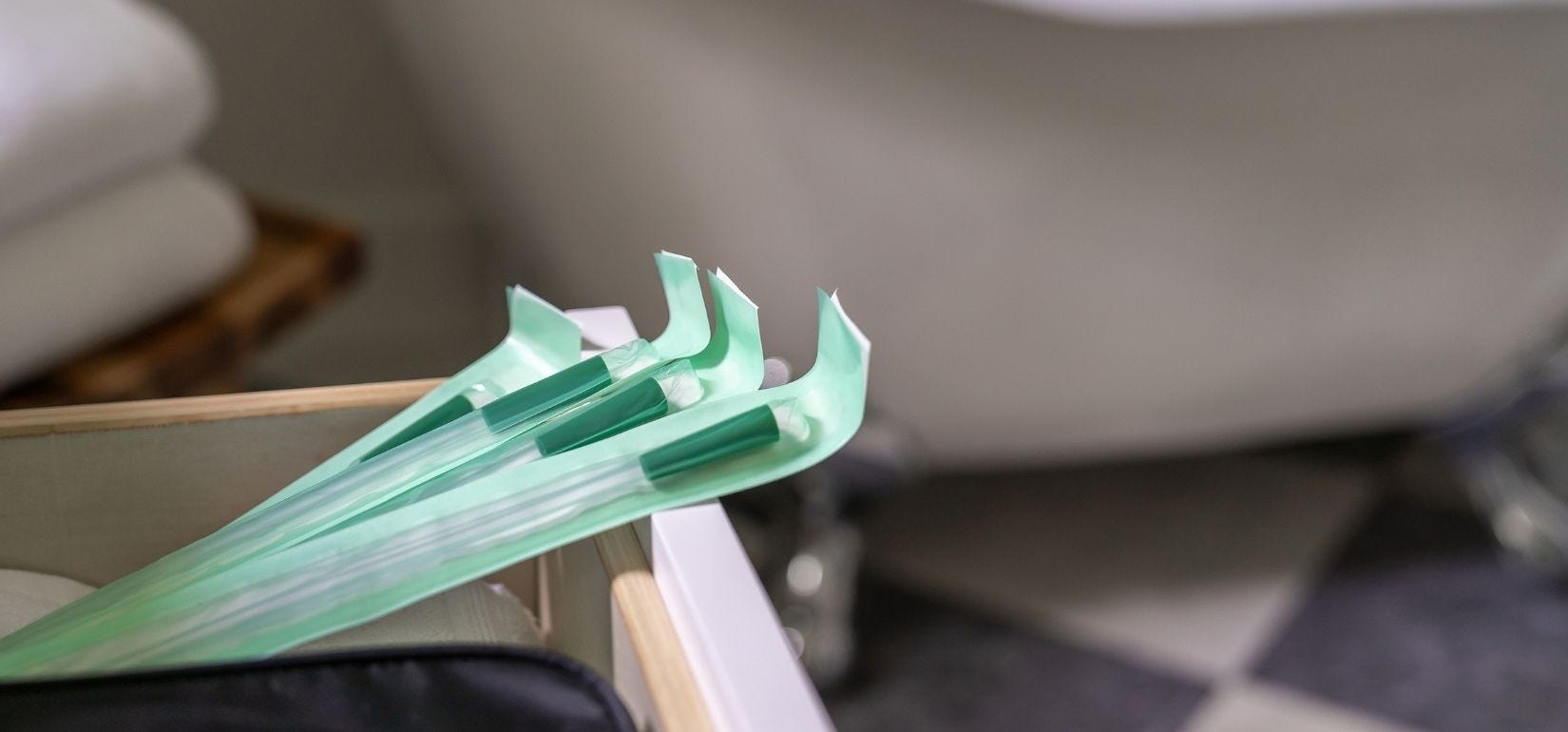Catheter usage is increasing quickly whether during a hospital stay or for daily, at-home use. Along with this increased usage of catheters comes an increase in the risks that a user is subject to.
As you may be aware, there are several different types of catheters with indwelling, intermittent, and external catheters being among the most popular types.
If you are a frequent user of an indwelling catheter, you may be most vulnerable to developing potential complications due to your catheter usage.
Indwelling catheters, also commonly referred to as Foley catheters, are catheters that remain in the bladder for a period of time.
These catheters are typically used in patients that are sedated, comatose, those with incontinence issues, or patients with an enlarged prostate. Indwelling catheters allow urine to drain from the bladder into a urinary drainage bag which is changed frequently by the patient or doctor.
Due to the prolonged period of time that an indwelling catheter is inside the bladder, several risks are possible.
- Bladder stones.
- Allergic reactions to catheter material (typically latex).
- Injury to the urethra.
- Urinary tract infections.
Check Your Eligibility
2 Easy Steps
Discover the catheter supplies covered by your insurance.
- Fever
- Chills
- Headache
- Burning of the urethra or genital area.
- Low back pain and aches.
- Blood in the urine.
- Leaking of urine out of the catheter.
Once identified, you should notify your doctor of your symptoms so the infection can be properly treated. If left untreated, UTI’s can result in permanent kidney and bladder damage and even death in older adults.
With proper care of your indwelling catheter, urinary tract infections and other complications associated with catheter usage can be prevented.
- Use soap and water to clean around the catheter opening daily.
- Clean the catheter daily.
- Drinking the recommended amount of water daily will aide in preventing UTI’s associated with catheter usage.
- Empty your drainage bag when it becomes full and prior to going to sleep each night.
- Properly clean your drainage bag with a mixture of vinegar and water before another usage.
- Keep your drainage bag positioned lower than your bladder at all times to prevent urine from going back into your bladder.
- Wash your hands before touching your catheter or catheter opening.
Along with proper care of your catheter, you should also ensure that you utilize quality catheters. Aeroflow Urology proudly offers catheters and catheter supplies from all of the top brands, including Hollister, Bard, Rochester, and Teleflex. You may also qualify for catheters through your insurance. Let Aeroflow Healthcare take the hassle out of qualifying for your catheters; fill out the Eligibility Form and let our Continence Care Specialists do the rest. If you have questions regarding catheters or your insurance, call Aeroflow Urology at 844.276.5588.
Information provided on the Aeroflow Urology blog is not intended as a substitute for medical advice or care. Aeroflow recommends consulting your healthcare provider if you are experiencing medical issues relating to incontinence.









